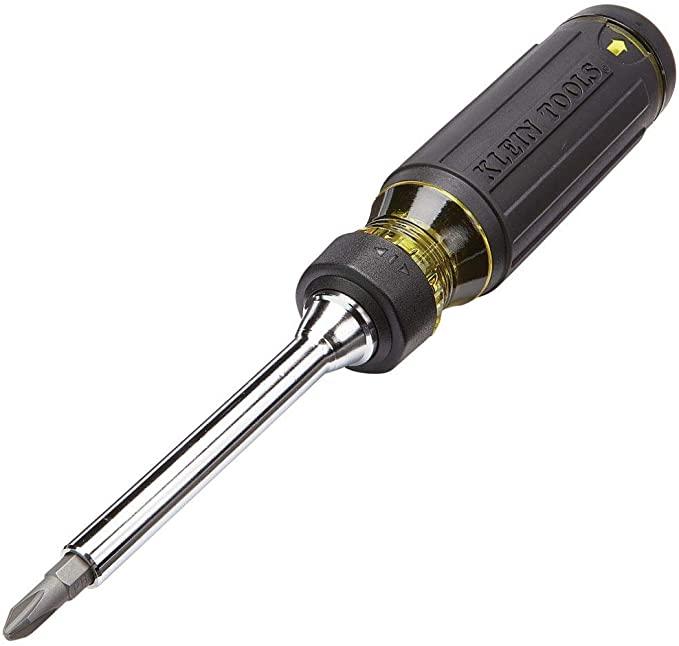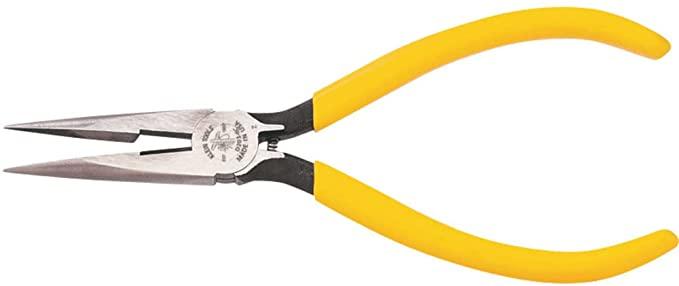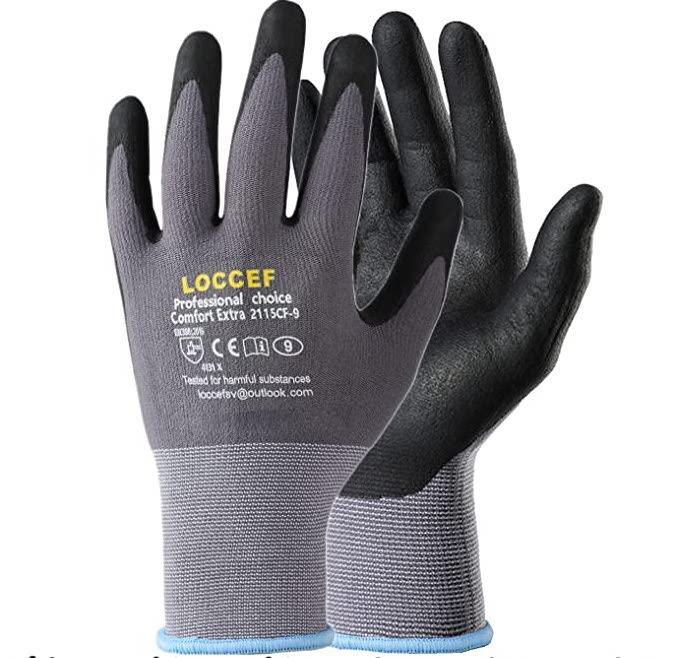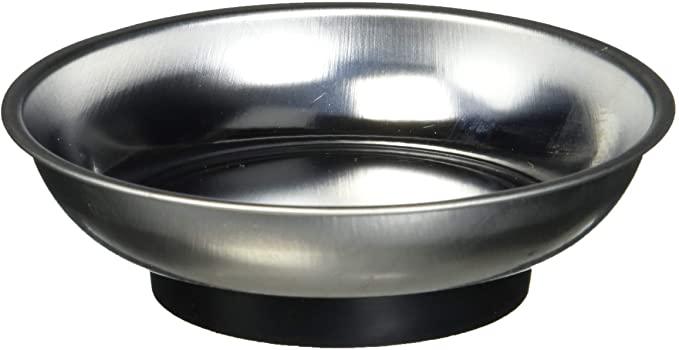10 Essential Tools for Appliance Repair
If you're getting into appliance repair, or even just looking to downsize an overstuffed tool bag, you might be wondering: what are the absolute essentials that you should bring with you on any service call? Well, having my fair share of experience in the field, I'll put forward Team Samurai's list of must-have appliance repair tools. Note that this isn't supposed to be a totally comprehensive list -- just the bare essentials.
Multimeter with a loading/LoZ function
If there's a tool that defines our job as techs, it's the digital multimeter. Can't do much real troubleshooting without it!
There are lots of meters out there, but the kind you want to get is a multimeter that has at least VAC, DC, ohms, and most importantly LoZ settings. The LoZ (low impedance) setting puts a load on the circuit while doing a voltage measurement, preventing you from getting faked out by ghost voltage or open neutrals.
I've always had good experiences with Fluke meters, so that's what I would recommend. Specifically, I have the Fluke 116, which also has a handy temperature measurement setting using a thermocouple.
You'll notice if you click here that the particular meter kit I recommend includes more than just the multimeter, bringing us to our next item...
Ammeter
Amp measurements are one of the most powerful troubleshooting tools you have, and a clamp-on ammeter is the way to go for these. For those who are unfamiliar, the clamp goes around (not on!) the wire where you want to measure the current. The meter then measures the electromagnetic field surrounding that wire and reports the amperage.
Again, I have the most experience with a Fluke 323 ammeter, and it's served me very well.
Headlamp
Illumination is critical in appliance repair. You can't fix what you can't see. That's why the Samurai and I opt for these powerful, rechargeable Princeton Tec headlamps. I'll admit they're not the most fashionable -- unless you're going for Coal Miner Chic -- so I won't blame you if you opt for a more understated design. But regardless, you want something reliable, rechargeable, and bright.
Ratcheting driver and bit set
A trusty ratcheting driver will save you lots of time and hand-cramping, and if you're looking to save money, this is a great alternative to getting a battery-powered driver.
This particular driver comes with a great variety of bits: Phillips, flatheads, square drive, and Torx all in various sizes. If you need even more bits, lots of tool manufacturers put out boxes full of all varieties of screwdriver bits.
Putty knife
A stiff putty knife like this one is a tool you might not expect as an essential for appliance repair, but its uses are many. A number of disassemblies require you to release hidden clips that are only accessible through a narrow crack, so without a stiff putty knife, you'd be stuck.
Needle-nose pliers
Disassembling and performing repairs in appliances is all about maneuvering cramped spaces, and needle-noses are the perfect type of pliers for that. When you need to disconnect a wire through a narrow hole, you'll be glad to have a pair of these.
Gloves
Can't use any of these tools very well without your hands, can you? That's why you should always keep a pair of these gloves around. In particular, we're talking about thin, nitrile-coated gloves. They strike the balance between providing good protection from sharp edges and still allowing you to "see" with your hands when feeling around blindly.
Magnetic fastener tray
One of the biggest barriers to reassembly after a repair is keeping track of all the fasteners you had to undo. A magnetic tray like this perfect for both keeping track of all of your screws and organizing them into groups so it's easier to remember what goes where. And they're cheap, so no reason not to get one!
Electrical kit

I'm cheating a bit and lumping a set of tools together here, but they're important! Splicing or re-terminating wires is pretty common, such as when replacing oven ignitors. The tools you need for this are:
Your smartphone!
Here's one that most folks already have. Your phone's camera is your best friend when dealing with replacing control boards. Worried about plugging all the connectors into the right place when you put the new board in? Just take a picture of the board before you disconnect anything and reference it afterward.
Your smartphone can also be your service manual/tech sheet reader in a pinch. A tablet is better, but if a phone is all you have, then make sure to load up all your docs onto that so you can use them for troubleshooting and reference.
As you can see, you don't need to break the bank to get the essentials for appliance repair. The multimeter is going to be your biggest investment, and it's certainly worth dropping the cash to get a reliable one.
What’s your must-have tool? Let us know by commenting below!
Looking to get into the trade or looking to step up your game? Check out the Core Appliance Repair Training course over at Master Samurai Tech.
-
.png) 6
6
-
 1
1

.png.f1622b6167220d8c8c781a7c863c9adb.png)










12 Comments
Recommended Comments